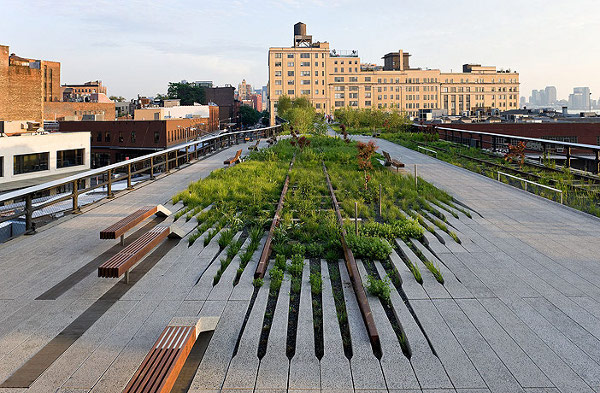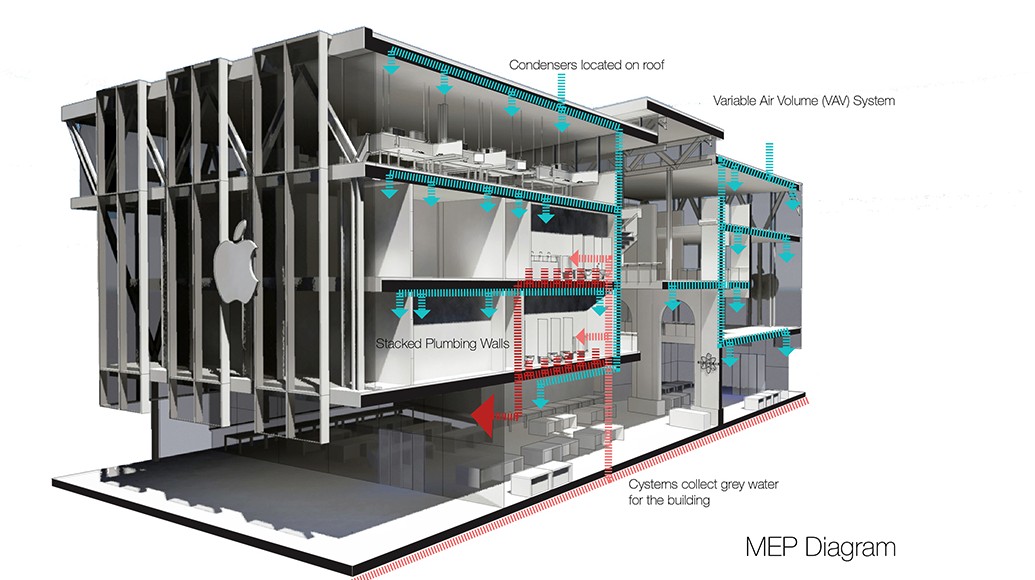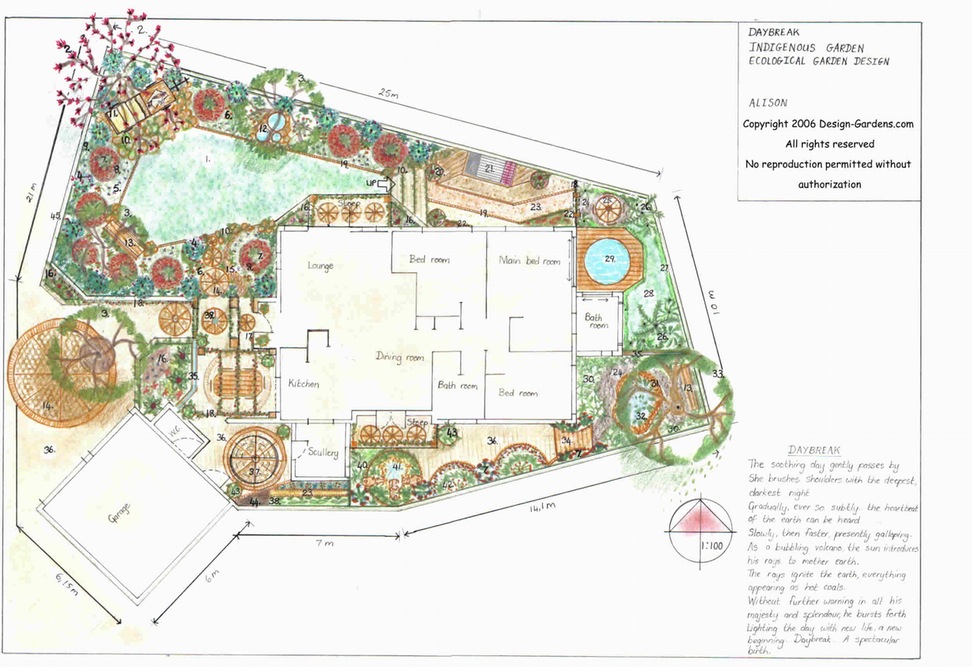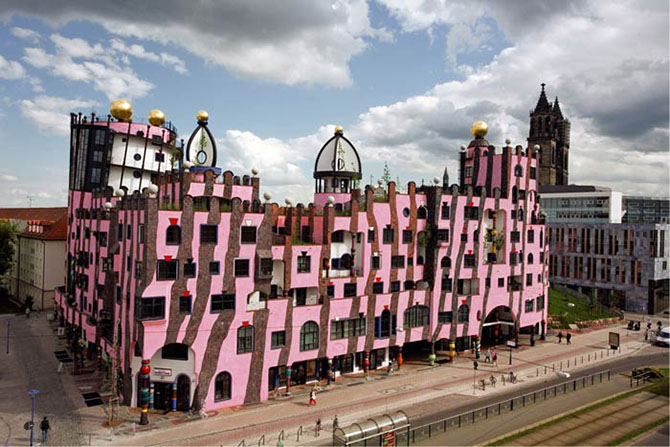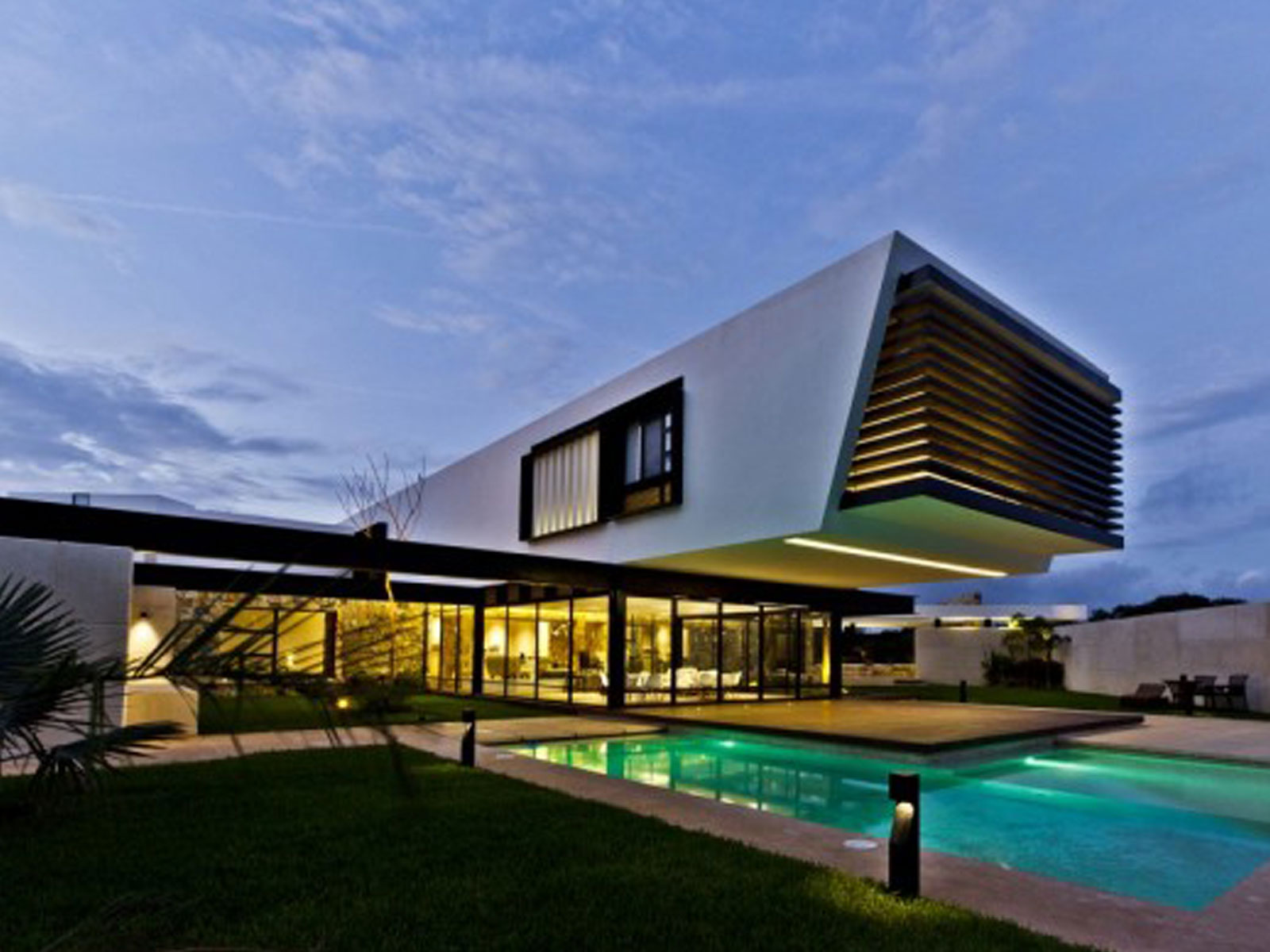Frank Lloyd Wright is arguably the most well-known and revered architect of America in the 20th century. He believed there was a right way to design in the world, a natural architecture which served both functionality and beauty without sacrificing anything. He saw in offices, houses, and temples, the potential not only for art, but also for artistry – the ability to build dignified structures with a respect for the environments.

Wright conceived of over 1,000 designs and also executed around half of them over his 70-year career. He had a sweeping vision, spanning places of worship; museums, schools, and office spaces; private homes and hotels. In 1936, he started designing “Usonian” as an affordable-housing solution in the United States, a number of which still stand up to now. In the same year, eight of his buildings earned UNESCO status for pivotal role in the development of modern architecture.
Underpinning the designs of Wright was his belief that Nature, with a capital “N”, was sacred. His philosophy of “organic architecture” proposed that built environment had better accommodate the natural world in a greater whole. He drew inspiration from Japanese art and architecture, especially its emphasis on spirituality, harmony, and geometric simplicity, which praised the Japanese understanding of structure as “miraculous.” That is evident in differating degrees across his oeuvre. In 1957, Wright described the goal of an architect in missionary terms: “to help people understand how to make the world a better one for living in, life more beautiful, and to give rhyme, reason, and meaning to life”, or in other words, a perfect unity of materiality, philosophy, and the natural world.
There are the most striking creations of Frank Lloyd Wright to understand the celebrated architect.
- The Solomon R Guggenheim Museum, New York City, the US
- Jiyu Gakuen Girls’ School, Tokyo, Japan
- Unity Temple, Chicago, the US
- King Kamehameha Golf Course Clubhouse, Hawaii, the US
- The Dwight D Martin House, Buffalo, the US
- Taliesin, Wisconsin, the US
- Fallingwater, Pennsylvania, the US
- Johnson Wax Headquarters, Wisconsin, the US
- Ennis House, Los Angeles, the US
- Yodokō Guest House, Ashiya, Japan

